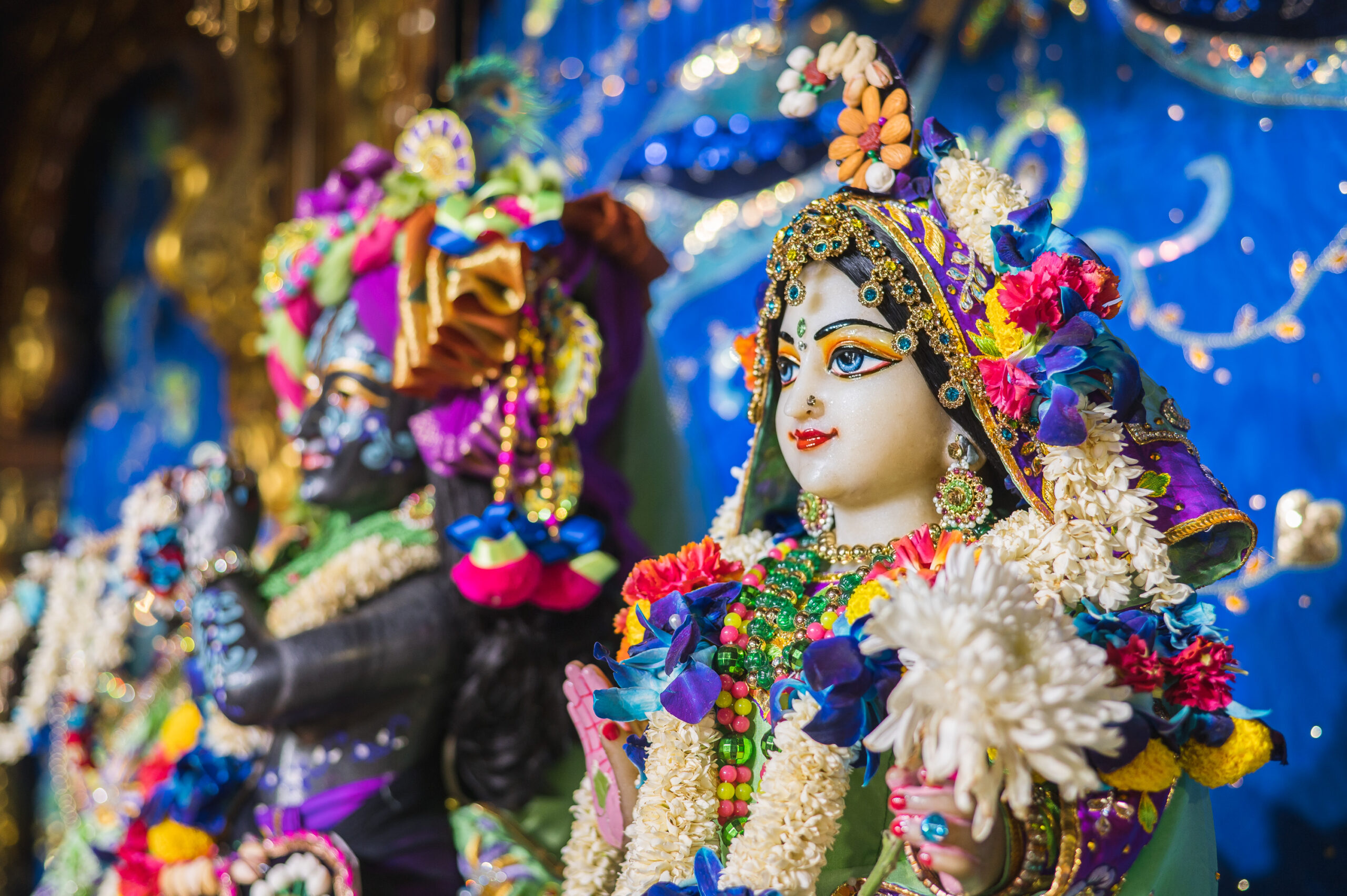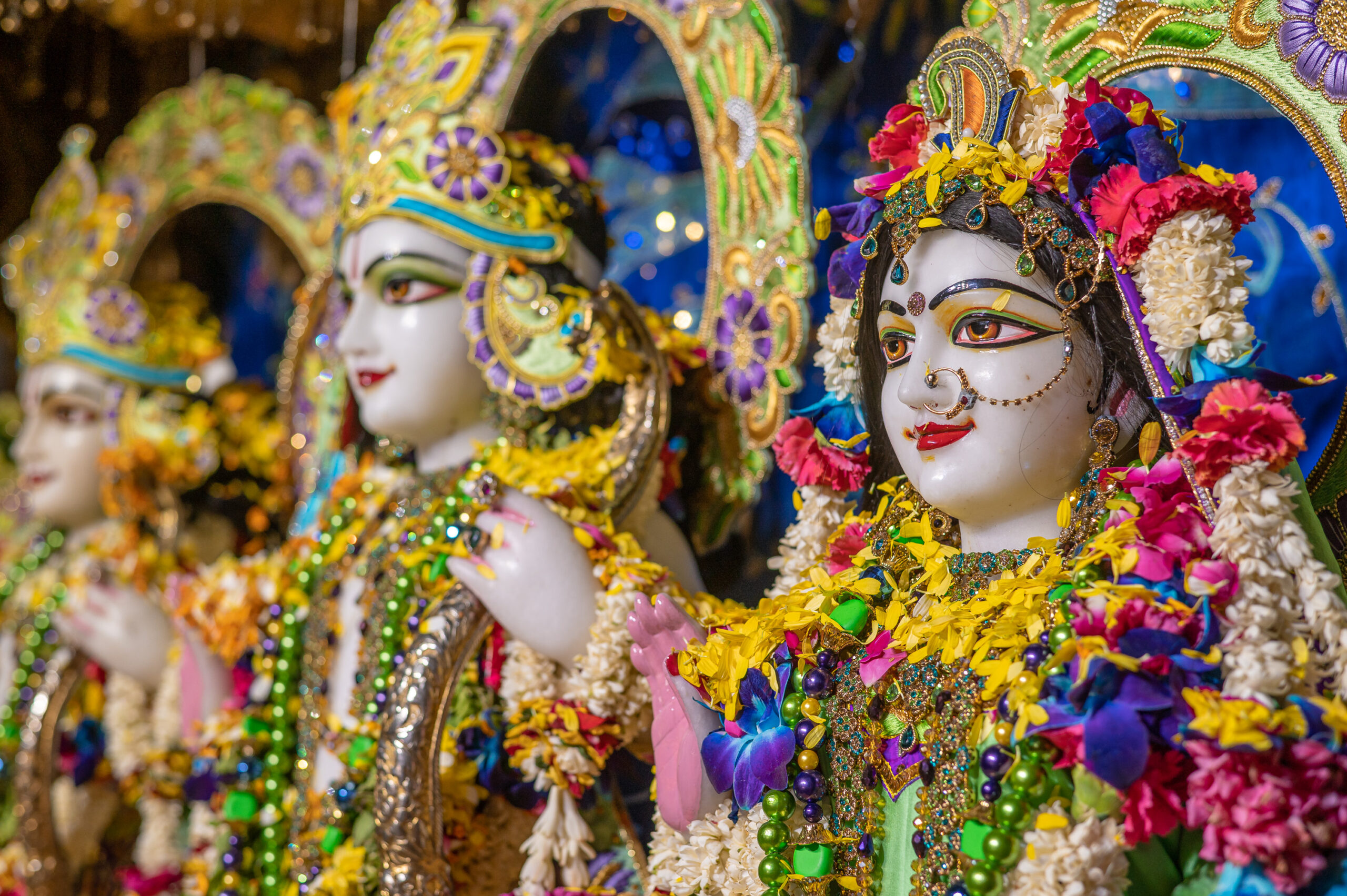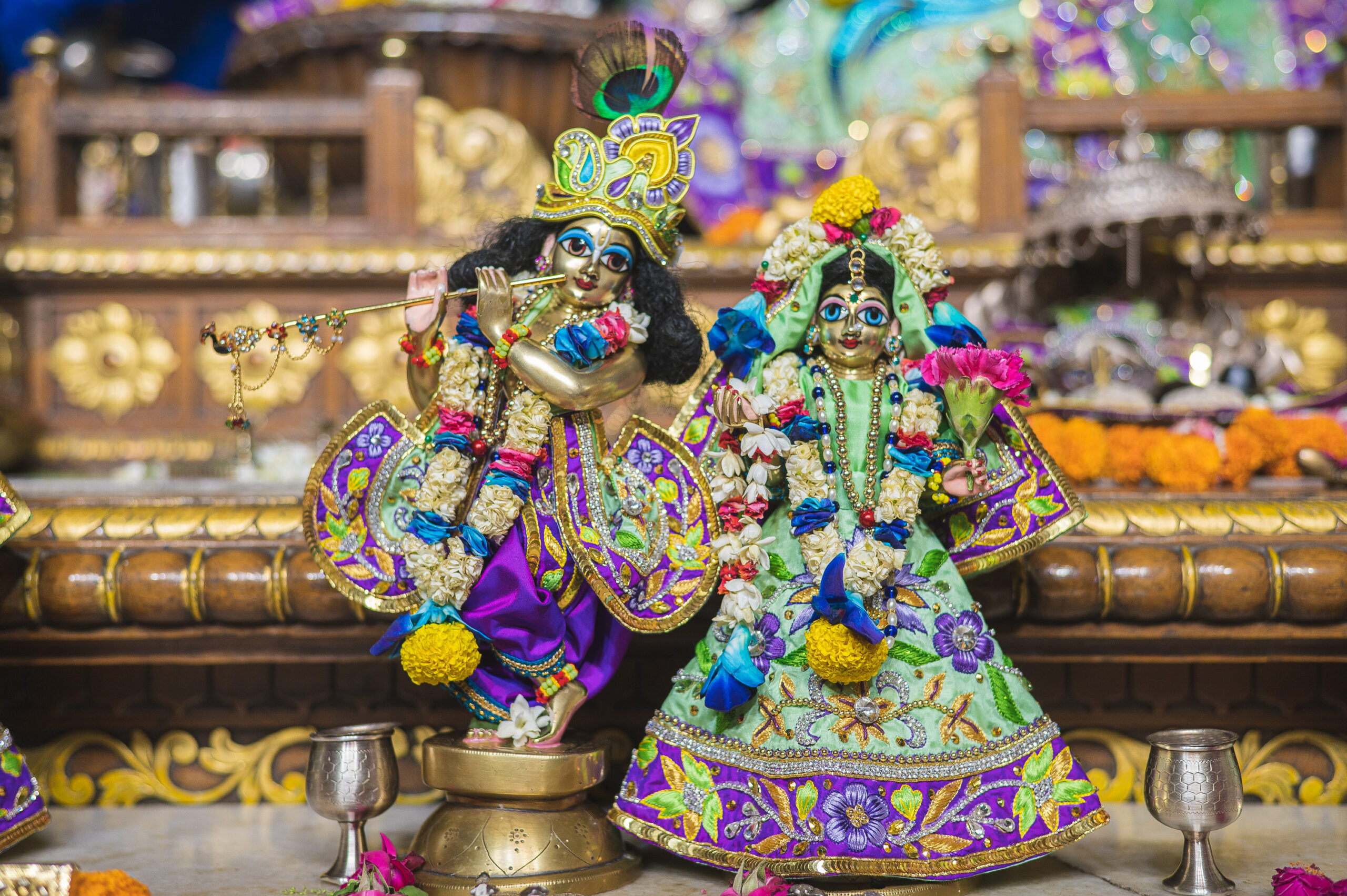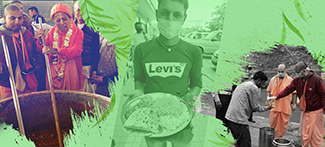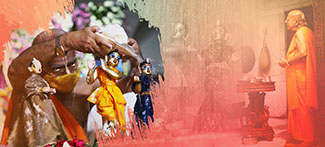Events at ISKCON Delhi
- MO
- TU
- WE
- TH
- FR
- SA
- SU
- 29
- 30
- 31
- 1
- 2
- 3
- 4
- 5
- 6
- 7
- 8
- 9
- 10
- 11
- 12
- 13
- 14
- 15
- 16
- 17
- 18
- 19
- 20
- 21
- 22
- 23
- 24
- 25
- 26
- 27
- 28
- 29
- 30
- 31
- 1
Events for January
1st
Events for January
2nd
Events for January
3rd
Events for January
4th
Events for January
5th
Events for January
6th
Events for January
7th
Events for January
8th
Events for January
9th
Events for January
10th
Events for January
11th
Events for January
12th
Events for January
13th
Events for January
14th
Events for January
15th
Events for January
16th
Events for January
17th
Events for January
18th
Events for January
19th
Events for January
20th
Events for January
21st
Events for January
22nd
Events for January
23rd
Events for January
24th
Events for January
25th
Events for January
26th
Events for January
27th
Events for January
28th
Events for January
29th
Events for January
30th
Events for January
31st
Glorious
Srila Prabhupada
Blog Section

Kartik Maas: Auspicious Rama Ekadashi
The importance of Kartik month is broadly mentioned in Skanda Purana. In terms of...

Srila Vrindavandas Thakur’s Journey of Pure Bhakti
Man often tries during his lifetime to attain the blessings of Supreme lord but do you...
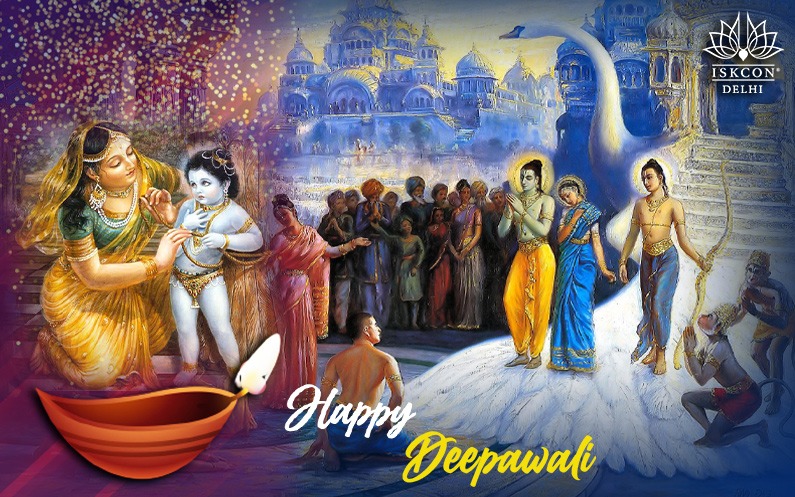
Celebration of Deepawali
Diwali or Deepawali is the festival of lights. This festival is celebrated in the entire...

Kartik Maas: Auspicious Rama Ekadashi
The importance of Kartik month is broadly mentioned in Skanda Purana. In terms of...

Srila Vrindavandas Thakur’s Journey of Pure Bhakti
Man often tries during his lifetime to attain the blessings of Supreme lord but do you...

Celebration of Deepawali
Diwali or Deepawali is the festival of lights. This festival is celebrated in the entire...
Spirituality helps in growing your strength in life decisions. You can able to achieve a good successful spiritual life and lord’s devotional service. Here at official website of ISCKON Delhi, you can read about Festivals story celebrated at Temple. You can also read spiritual blog which really guide you the lord teachings. You can visit here to read more.
Read All Blogs
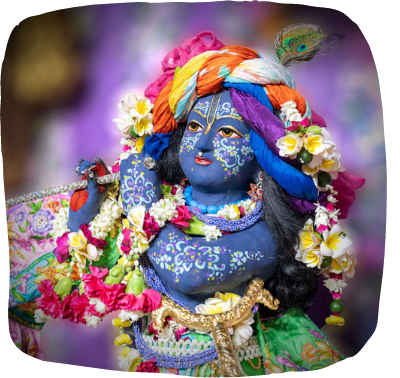

Vigrah
Darshan

Browse ISKCON Delhi
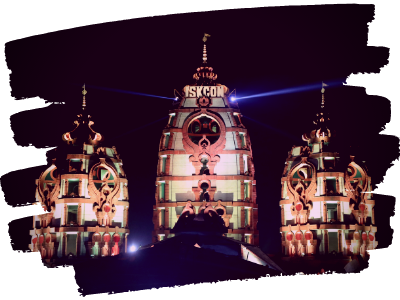
Visit Temple

Govinda’s Restaurant

Marriage Hall
Food Donation
You generally buy many things in your life, sometimes even you don’t need them, but still, you bought them for your luxury desire. So, your little contribution to society can feed some who cannot even buy one-time meals. ISKCON Delhi feeding Hungry and Needy People. You can help us by donating and can join our hands in this devotional service of Lord Krishna.
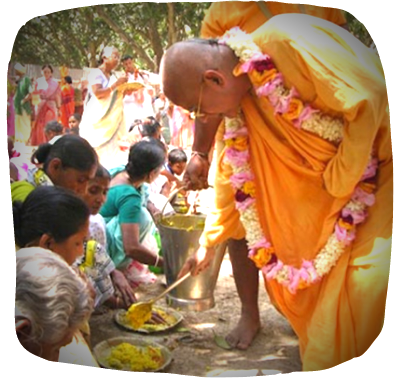


Donate Now
Testimonials
What a fascinating place ISKCON Delhi. Must visit during aarti time. That aarti vibe is crazy. If you are free, must go for vedic culture museum of ISKCON Temple Delhi to witness world's largest Bhagavad Gita. Do watch Bhagavad Gita Animatronics show. That's one of the best thing i have seenat ISKCON. Hare krishna
– Ishwar Prasad
The ISKCON Delhi Temple is really miraculous... Its architectural designs are awesome. One who visits here, definitely finds peace here... Me and my Family really enjoyed alot here at ISKCON Delhi Temple , i made a lot of memories shots with my family, this place really gave me happiest moments of my lifeI'll never forget this lovely ISKCON temple. I just love it.. And would like to go there again.
– Sachin Vidhuri
Such a peaceful and Beautiful place. ISKCON Delhi authority Well maintained the temple. Beautiful Architecture. If you are feeling low and looking for some positive and Energetic Vibes Pls do visit this ISKCON. Highlights: # Musical Fountain show Inside the temple. #Vaishnav Restaurant (Govinda's) Inside Temple Campus. #Modern Way to represent Ancient Theories. #Beautiful location in Delhi.
– Ankita Mishra
Although I am not a believer but this place especially East of Kailash ISKCON Delhi Temple, holds special place in our hearts, this was a regular place on Sundays with friends, as soon you enter this temple you would have calming effect on you and you will feel peace within you. Best time visit, would be weekends during evening.
– Devanshu Mandal
Nitya Seva
towards the Lord
To make progress in Krishna consciousness, we always need the blessing of the Lord on your special day. And when the Lord is pleased with our services, we will surely get the unlimited blessing from the Lord Shree Krishna. Donate at ISKCON Delhi.




